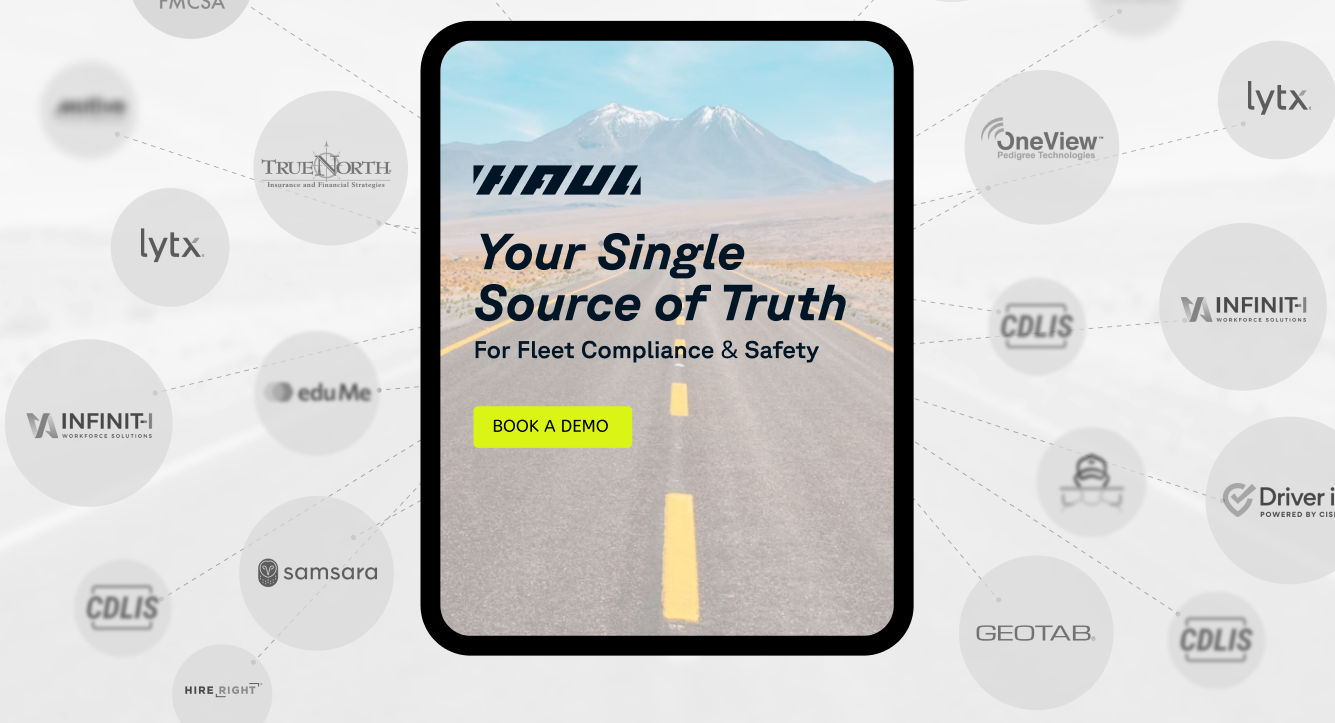Understanding E-Log Rules for Trucking Compliance

Understanding E-Log Rules for Trucking Compliance
In the trucking industry, compliance with regulations is crucial to ensure safety and efficiency on the roads. The shift from traditional paper logs to electronic logging devices (ELDs) has transformed how truckers track their hours of service (HOS). Understanding these e-log rules is essential for drivers and fleet managers to maintain compliance and avoid penalties.
This article provides a comprehensive guide to e-log requirements, the natural log rules associated with them, and the latest ELD regulations for 2024.
What Are E-Logs?
E-logs, or electronic logs, are digital versions of the traditional paper logs used by truck drivers to record their hours of service. The Federal Motor Carrier Safety Administration (FMCSA) mandates the use of ELDs to ensure accurate tracking of driving hours, breaks, and rest periods. These devices automatically record driving time and provide real-time data, improving the accuracy and reliability of HOS records.
Why Are E-Logs Important?
E-logs play a vital role in enhancing road safety by preventing driver fatigue, a significant cause of accidents in the trucking industry. By accurately tracking hours, e-logs help ensure drivers get the necessary rest, reducing the likelihood of fatigue-related incidents.
Moreover, e-logs simplify the compliance process, making it easier for fleet managers and drivers to adhere to regulations and avoid costly fines.

ELD Requirements and Compliance
Understanding ELD requirements is crucial for trucking companies and drivers to remain compliant with federal regulations. As of 2024, there are specific mandates that all commercial motor vehicles must follow.
Key ELD Requirements
- Automatic Recording: ELDs must automatically record driving time, engine hours, vehicle movement, and location.
- Synchronization: ELDs must sync with the vehicle’s engine to ensure accurate data collection.
- Tamper Resistance: ELDs should be tamper-proof to prevent unauthorized alterations of HOS data.
- Data Transfer: ELDs must support data transfer via wireless web services, USB, or Bluetooth for inspection purposes.
ELD Law and Its Impact
The introduction of ELD laws has significantly impacted the trucking industry. While some drivers initially resisted the change, the benefits of improved accuracy and safety have become evident. The standardized data collection helps fleet managers monitor compliance and optimize operations, leading to enhanced efficiency and reduced operational costs.
⚠️ Natural Log Rules and E-Logs
The term "natural log rules" may seem unrelated to e-logs, but it’s essential to differentiate between mathematical concepts and electronic logging regulations. In mathematics, the natural log of a number is the logarithm to the base of the mathematical constant e (approximately 2.71828).
ELD Rules for Drivers
Drivers play a critical role in maintaining compliance with ELD regulations. Understanding their responsibilities and adhering to the rules is essential to avoid violations.
Responsibilities of Drivers
- Accurate Data Entry: Drivers must ensure that all data entered into the ELD is accurate and up to date.
- Review and Certify Logs: Drivers should review their logs daily and certify the accuracy of the recorded data.
- Handling Malfunctions: In case of an ELD malfunction, drivers must follow the proper procedure, including using paper logs to record HOS until the device is repaired.
- Providing ELD Data: Drivers should be ready to present ELD data during roadside inspections.
Preparing for ELD Requirements in 2024
With changes in ELD requirements expected in 2024, trucking companies and drivers must stay informed and prepared.
Key Changes to Anticipate
- Updated Technology Standards: The new requirements may include updates to technology standards to improve data accuracy and security.
- Enhanced Data Transfer Options: Expect more robust data transfer options to streamline the inspection process.
- Increased Focus on Security: As technology advances, so do concerns about data security. New rules may address these concerns to protect sensitive information.
Understanding e-log rules and ELD requirements is crucial for trucking compliance. By embracing electronic logging devices, the trucking industry can enhance safety, improve efficiency, and reduce operational costs. Staying informed about the latest regulations and preparing for upcoming changes in 2024 will ensure that your fleet remains compliant and competitive in the ever-evolving transportation landscape.
For drivers and fleet managers, mastering e-log rules is not just about meeting legal obligations—it's about prioritizing safety and efficiency on the road. By adhering to these guidelines, the trucking industry can continue to move forward, ensuring the safety of drivers and the public alike.


